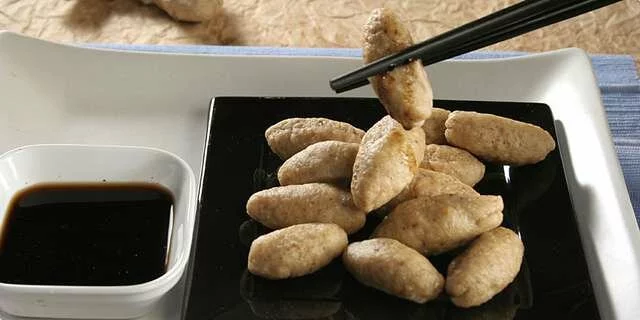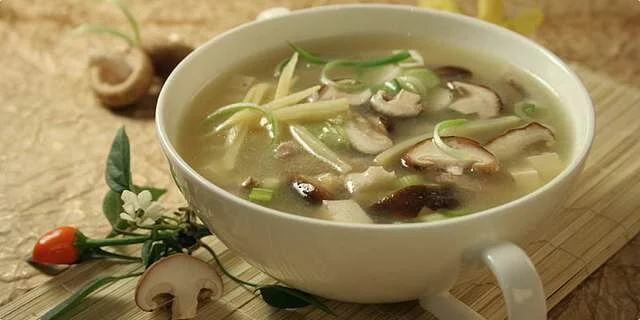Pho Chay
Pho Chay is a meatless version of one of Vietnam’s most famous dishes Pho Bo soup, and is traditionally prepared in Tibetan monasteries where of course they don’t eat meat. There are countless variations on the theme, but what each soup has in common is that it is structured in four parts: soup, pasta, vegetables and the protein part, and decorations. The dish is a rhapsody of flavors and aromas, very healthy, full of short-blanched and fresh vegetables, gluten-free and 100% fat-free! Don't be intimidated by the long list of foods because eating is very simple and undemanding.
Preparation steps
- Soup: On an open fire of a gas stove, burn until the halved onion and ginger are browned on all sides; about 5 or more minutes minimum for each. Rinse them briefly under running cold water to remove black flakes that are very harmful to health. This step serves to give the soup a specific aroma.
- Then in a dry pot in which you will cook the soup, toast a little all the dry spices and bay leaf, adding the coriander at the end because it burns easily, the spices should release the aroma. Pour the vegetable stock into it: you can use water in which the vegetables have been blanched, carrots cut into larger pieces, garlic and soy sauce, bring to a boil and cook covered for 30 minutes.
- Vegetables and proteins: In the meantime, very briefly blanch the various groups of vegetables that should be left al dente, if you use mushrooms, blanch them as well and cook tofu or seitan for about 5-10 minutes.
- Pasta: Put the rice noodles in a larger bowl with a lot of hot water that you have removed from the heat, the water in this case should not be too hot, not boiling at all. Leave them to soak covered for no more than 15 minutes, after 10 minutes check that they are already soft enough, and stir them lightly every now and then so that they do not stick. Then strain them and rinse well and for a long time under a stream of cold water, then drain them well. Nb: Rice noodles have a horrible taste, at least to me, if they are too soft and overcooked, and you don't have to be afraid that they will stay raw because they need very little time to be "cooked" and will end up in hot soup where they will soften further.
- Decorations: thinly chop the spring onion, parsley or coriander coarsely chop, leave the basil or ideally Chinese basil in the leaves, cut the tin into slices, if desired, coarsely chop the peanuts from the shell which is a very useful only fat in this dish.
- Stacking the soup: Put the rice noodles in a deeper bowl, place the blanched vegetables and proteins of your choice on them, and pour a few scoops of hot soup on top and add fresh herbs and other things on the side. On the side you can serve the rest of the toppings: chili, hot sauce, fresh herbs, peanuts that guests can add to the soup as desired. The soup is not very salty, so it is extremely healthy, if you want, add salt or soy sauce that is salty.
- Nb: - these quantities are sufficient for two very plentiful whole meals, or four warm appetizers. - you can omit cloves and garlic if you don't like it - it would be best to preheat the bowls in which you will pour the soup so that it stays warm in contact with other ingredients for as long as possible - considering the quantity and method of preparing vegetables in this soup fat this soup perfectly vitaminizes and brings a huge amount of fluid to the body, it is an ideal diet dish, gluten free, if you do not use seitan of course. http://www.cooksinfo.com/banh-pho


